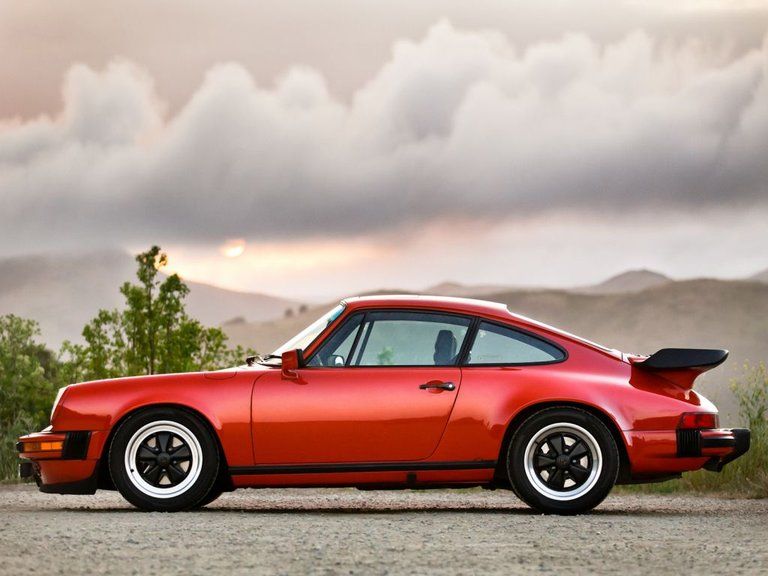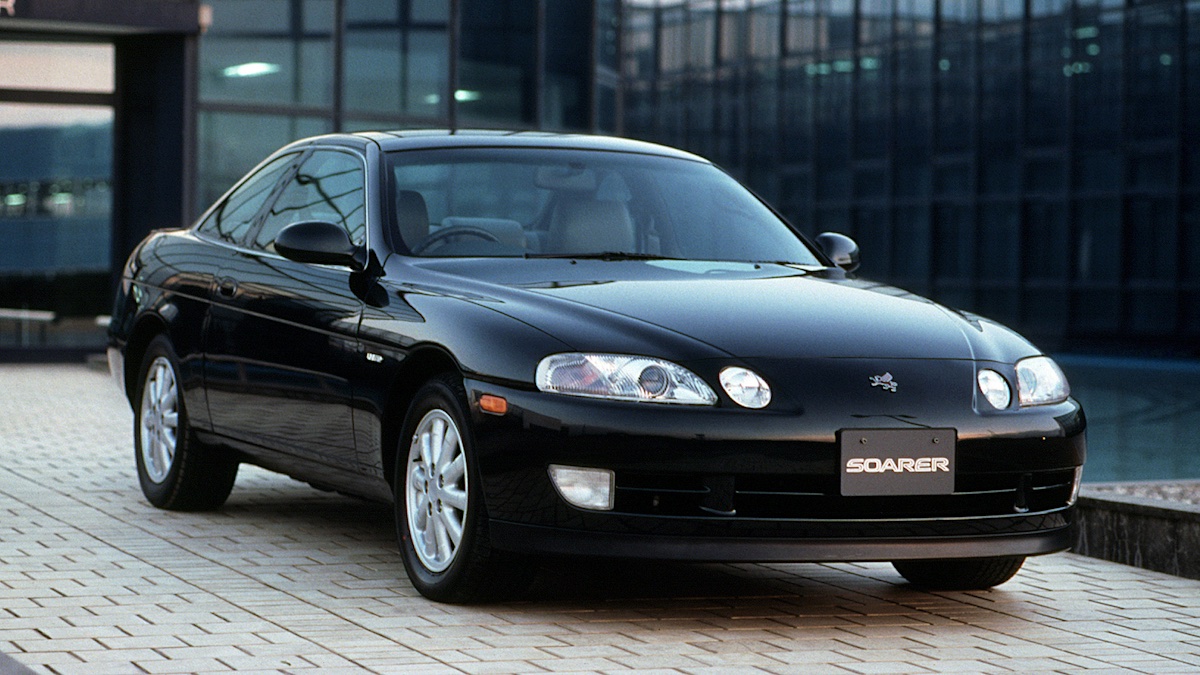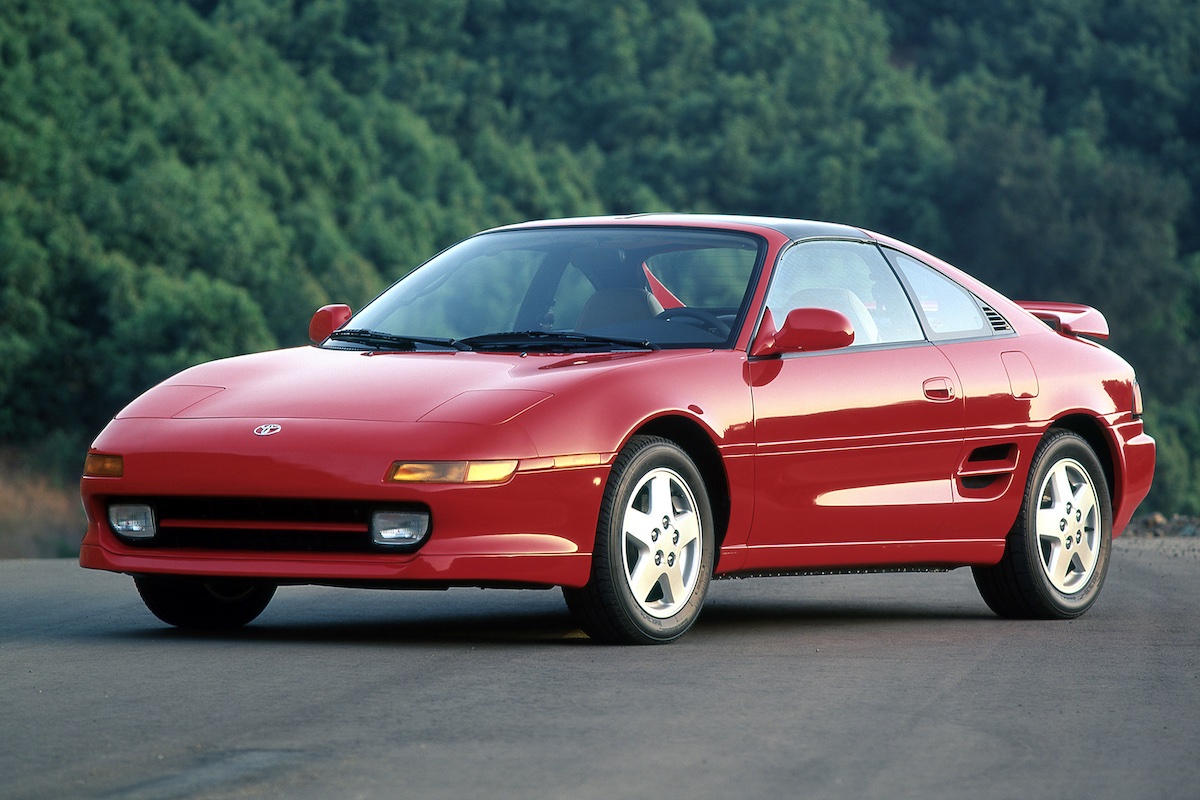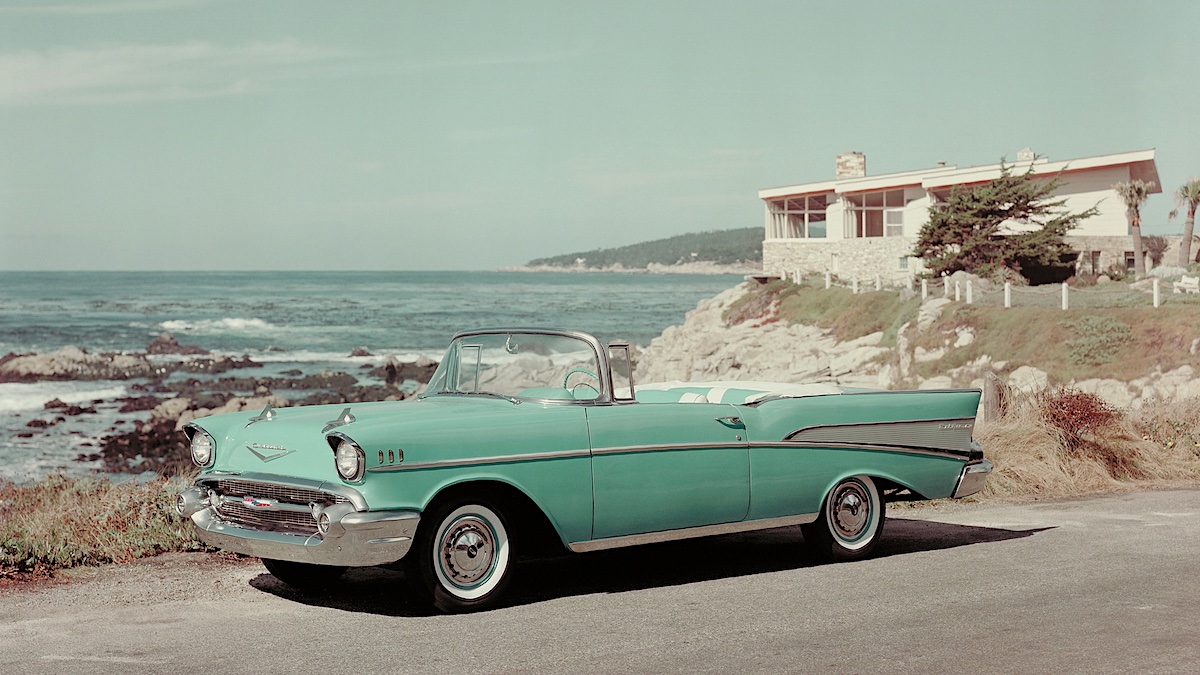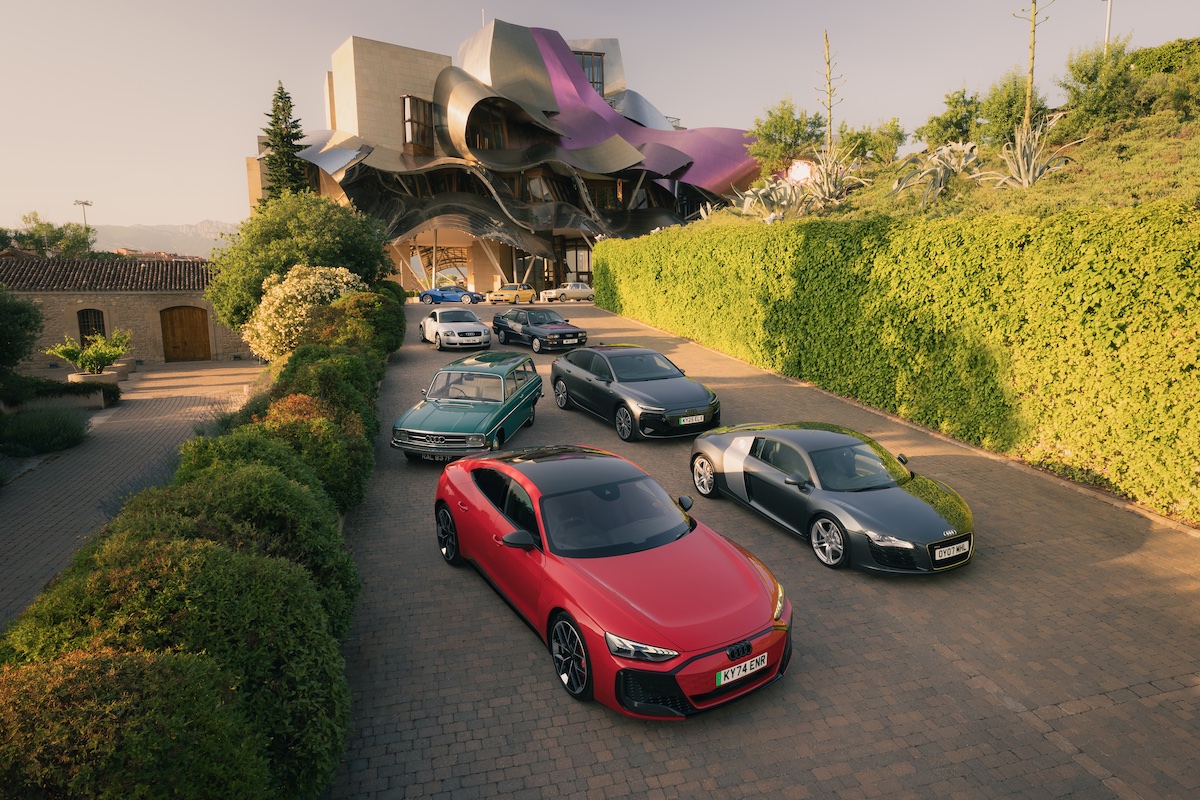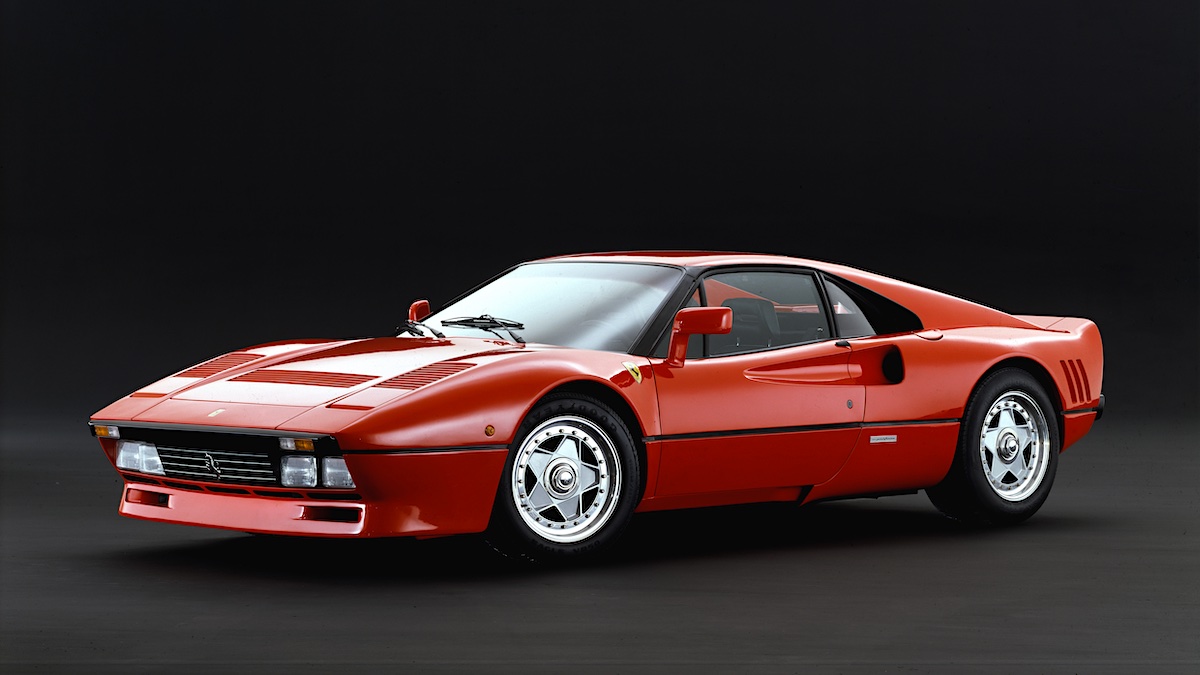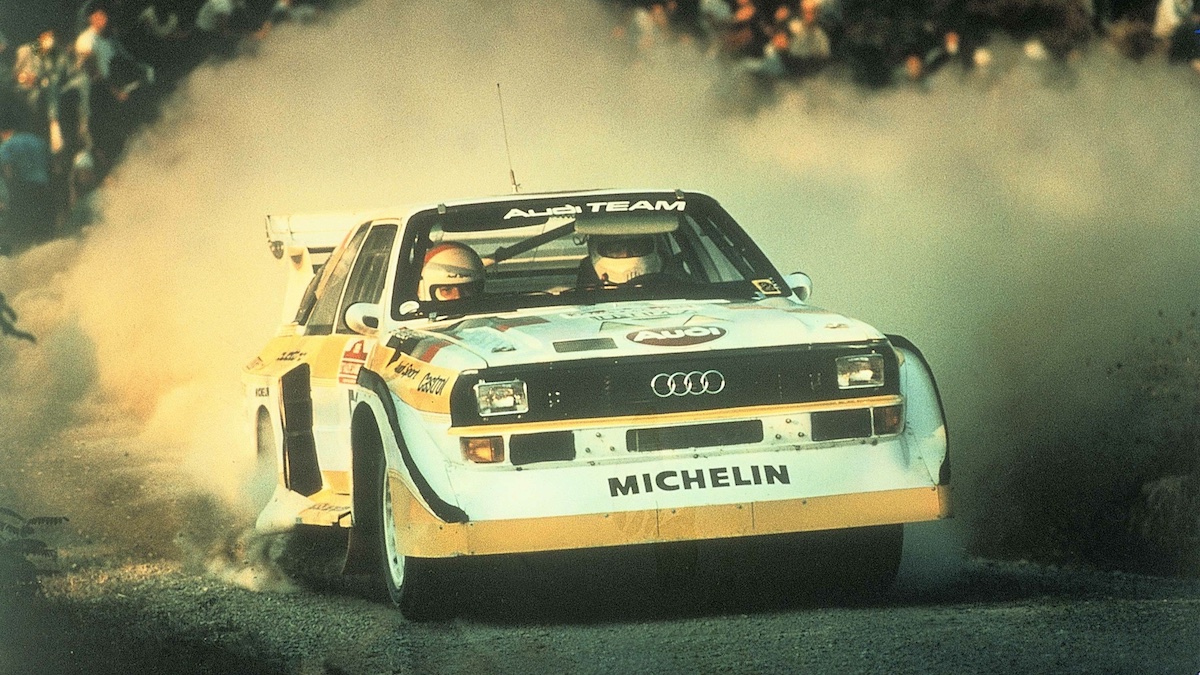Porsche’s 901 model was publicly shown in 1963 at the Frankfurt Motor Show to instant acclaim and legal threats. Peugeot had for decades produced cars with a zero in their designations (203, 402 etc) and was giving no ground to a German interloper.
Production versions of the Porsche when released for sale in 1965 would therefore be designated 911 (six cylinder) and 912 (four-cylinder) and retain their identities for more than half a century.
Early 911s with 2.0-litre engines delivered just 97kW and relied on a responsive chassis and robust design to achieve success in top level competition. Results included consecutive Monte Carlo victories from 1968-70, and a first-up win at Le Mans in 1966 where it won the GT 2.0-litre Class.
Larger engines would arrive throughout the 1970s, accompanied by a longer wheelbase, wider track and bigger wheels. The 3.0-litre flat six which had been available to Carrera buyers since 1975 was for 1978 standardised across the 911 range in a version called the 911SC.
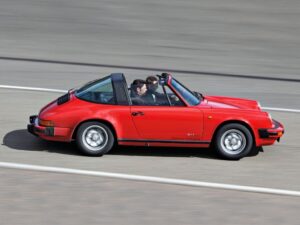
Porsche 911 SC 3.0 Targa – Image: https://en.wheelsage.org/
Due to emission controls, the 50 percent engine capacity increase had minimal effect on performance, generating just a 22kW boost in output over the original 2.0-litre 911S.
Those needing performance to hound Lamborghini’s Countach out of autobahn fast-lanes could opt for a 911 Turbo version with its 260km/h top speed and 0-100km/h acceleration in a mind-boggling 5.4 seconds.
Most Australian-delivered SCs were coupes with the five-speed manual transmission. Versions with lift-out Targa roof panels were available as well and from 1982-83 Porsche added a 911SC Cabriolet.
Despite improvements to the 911’s performance, Porsche maintained its commitment to durability. The flat floor-pan allowed high speeds to be sustained over rough roads and dents to the underside didn’t do any serious harm. In 1976 the 911 become the world’s first high-performance car to be built from galvanised steel, helping prevent minor damage in instances where perforated paint might otherwise promote rust.
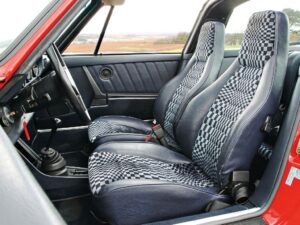
Classic Interior – Image: wheelsage.org
The shape which had barely changed in more than a decade also began to evolve. Impact-absorbing bumpers were fitted to all versions and wheelarch flares became more pronounced. The ‘whale-tail’ rear spoiler introduced to help tame 911 Turbo handling had by 1978 become optional on other models in the 911 range.
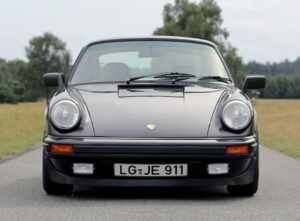
Weissach Edition – Image: wheelsage.org
The SC was Porsche’s most successful variation on the 911 theme. Almost 60,000 of the cars were built from 1977-83 and they are the 911 you are most likely to find in today’s second-hand market.
Values since the Covid-19 Pandemic have surged, pushing the price of some outstanding cars past $170,000. They don’t all cost that much though; coupes needing cosmetics and showing 250-300,000 kilometres are still available at less than $100,000.
Things To Watch Out for When Buying a Used Porsche 911SC (1978-83)
-
Despite galvanising, rust can appear around window apertures and wheel arches
-
Have a specialist check for poorly executed repairs
-
Valve train noise due to failing timing chain adjusters
-
Corroded heat exchangers
-
Torn grease boots on driveshafts
-
Sagging front suspension
-
Damaged or leaking Targa roof seals
Valuation Timeline Porsche 911SC (1978-83)
🛠️ Timeline
$55,000
$47,500
$37,000
$40,000
$90,000
$150,000
Investment Rating
7 / 10

